By,
Ujjwal Ankur , Asst. Professor
Satyam Fashion Institute
Art can be defined as the”Representation of Imagination and Observation through any medium on any surface with an aesthetic sense. And Technology can be defined as the application of scientific knowledge for the practical purpose.
Art and Technology are very much related to each other. Very interestingly, this is not a new phenomenon. Normally people consider technology as a new and modern term but it is not. From the ancient age of the world, the art was made with the influence and help of its contemporary technology. The field of art is filled with numerous examples of such cases..
We can classify its relation with technology in three parts.
- Art depicting Technology
- Art influenced by the Technology
- Art made with the use of Technology
1. Art which depicts technology:
 Figure 1: Terracotta Sculpture, Indus Valley Civilization 1
Figure 1: Terracotta Sculpture, Indus Valley Civilization 1
From the very beginning, artists tried to show the contemporary as well as futuristic technologies through their art. Depiction  Figure 2: Terracotta Sculpture, Indus Valley Civilization 2
Figure 2: Terracotta Sculpture, Indus Valley Civilization 2
of Bullock Cart from the terracotta sculptures and practice of pot making and metal casting with the use of lost wax process in one of the oldest civilizations of the world known as Indus Valley Civilization which was around 5000 years ago from now shows the close relation between art and technology.  Figure 3: Sketch of Leonardo Da Vinci 3
Figure 3: Sketch of Leonardo Da Vinci 3
The legacy continues with the sketches of Flying Machines by Leonardo Da Vinci at the time of High Renaissance (14th century), Paintings of Turner in the era of Romanticism (18th Century) and so on.
2. Art influenced by the Technology:
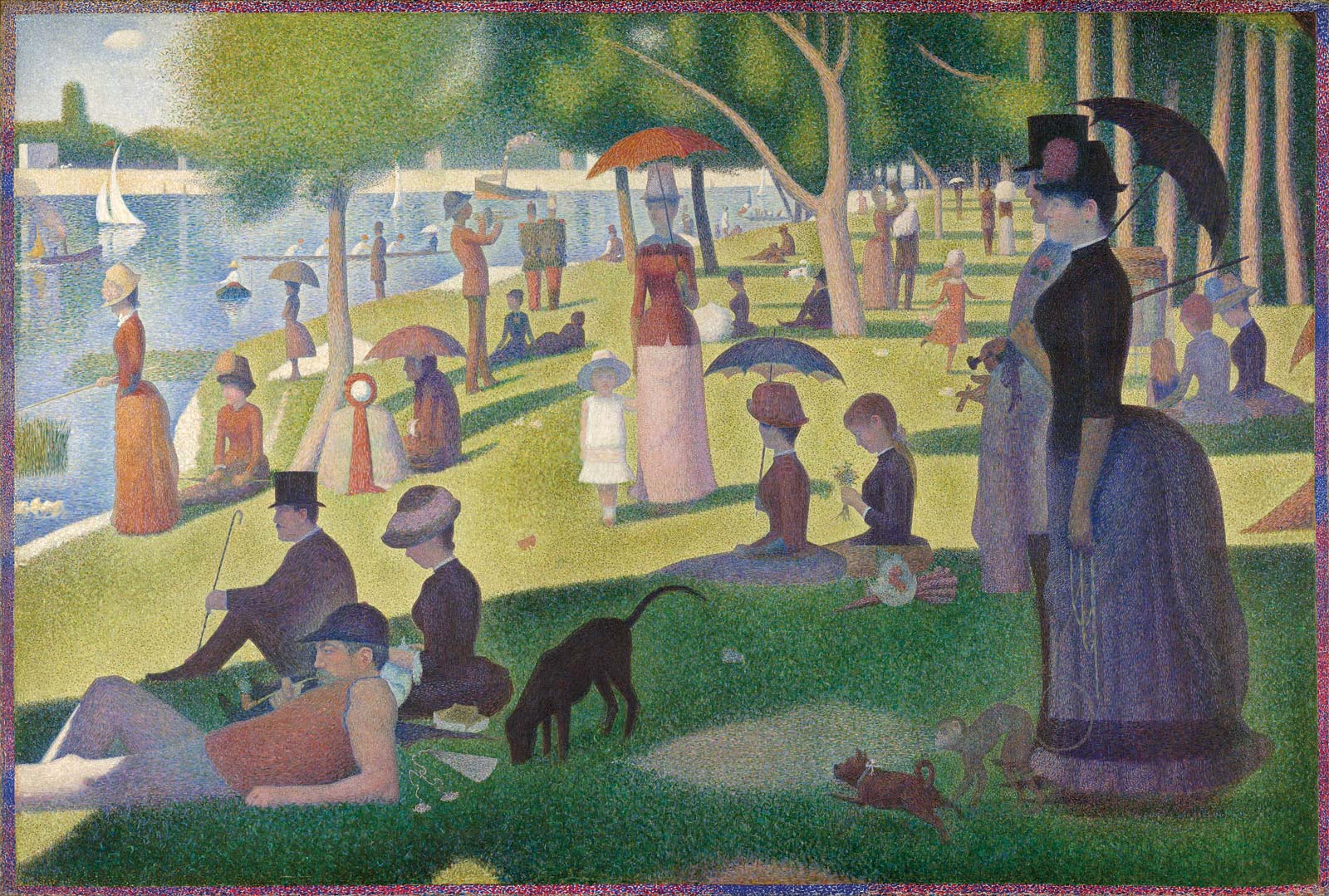 Figure 4: A Sunday on La Grande Jatte by Seurat 4
Figure 4: A Sunday on La Grande Jatte by Seurat 4
The close and real interaction with the technology and art can be traced when camera was invented. That was the invention through which art was effected as well as affected. Its first encounter happened with the impressionists. Where in one hand Manet and Degas were making their compositions after taking inspirations from snap shots, in another hand Monet was trying to compete the speed of it.
 Figure 5, Radha Vilas, Oleography by Raja Ravi Varma 5
Figure 5, Radha Vilas, Oleography by Raja Ravi Varma 5
After understanding the science behind the camera, Monet started capturing light and creating impressions in his paintings whereas Seurat was concentrating on the philosophy of colour mixing and resultant illusions.
Impressionism and Pointillism which is also known as Neo-Impressionism are the biproducts of this amalgamation of Art and Technology.
3. Art Made with the Use of Technology:
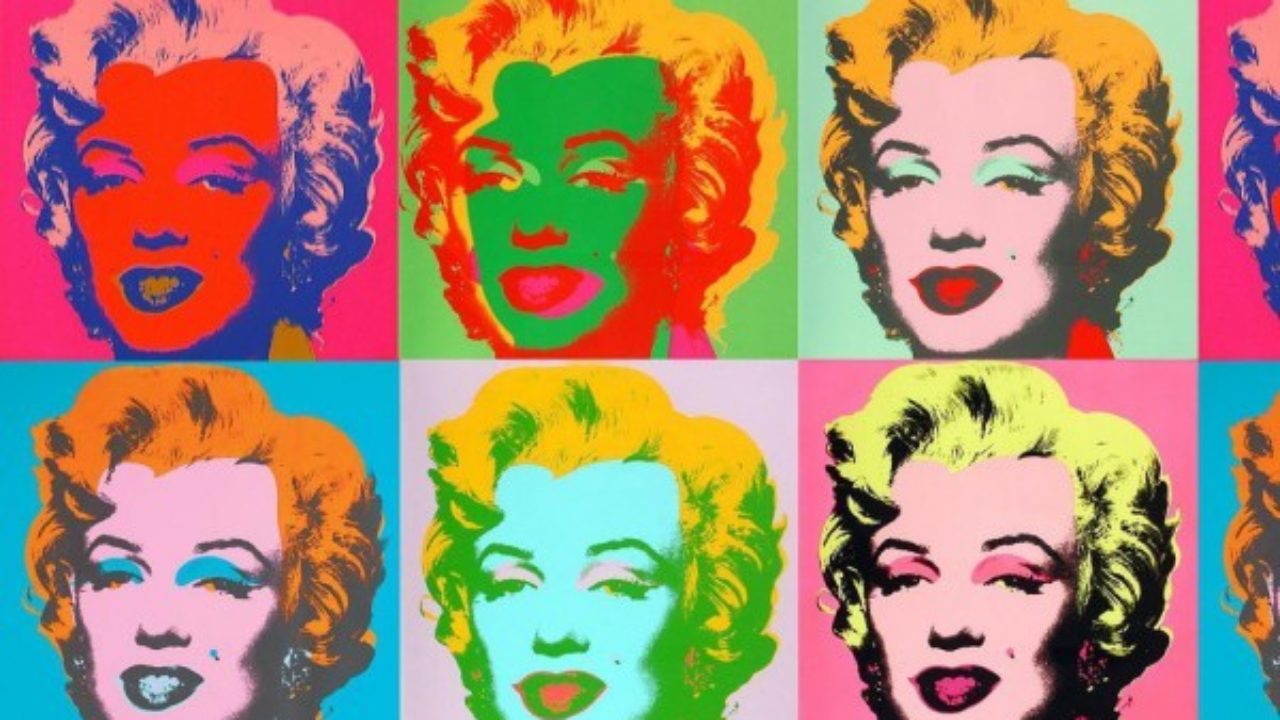 Figure 6: Marilyn Monroe, Serigraphy by Andy Warho 6
Figure 6: Marilyn Monroe, Serigraphy by Andy Warho 6
Print making has been started from the early days only. Durer used to do etching on metal Plates and Japanese wood cut prints have very old legacy but Oleography prints of Raja Ravi Varma in India in 19th Century and around 80-90 years later Andy Warhole’s Serigraphy in America are the best examples of further and advanced use of technology in Art.
 Figure 7: Jumping the Shark by Damien Hirst 7
Figure 7: Jumping the Shark by Damien Hirst 7
Once we will look at the new era installations, assemblage and different contemporary forms of art across the world, it is difficult to find the artworks which are untouched with the technology. Demian Hirst is using medicated liquids to preserve his animals and making very big size of paintings with the use of digital prints and paints, Anish Kapoor is using giant machinery support to create his amazing installations.
 Figure 8: Shooting into the Corner by Anish Kapoor 8
Figure 8: Shooting into the Corner by Anish Kapoor 8
In India, the contemporary artist Subodh Gupta is taking help of technology to create his humungous size of static and kinetic installations, Jitish Kallat is taking support of digital softwares to create his paintings, Bharti Kher is taking help of
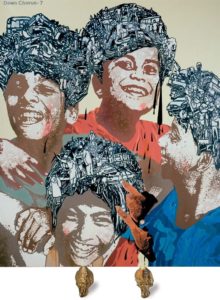 Figure 9: Painting by Jitish Kallat 9
Figure 9: Painting by Jitish Kallat 9
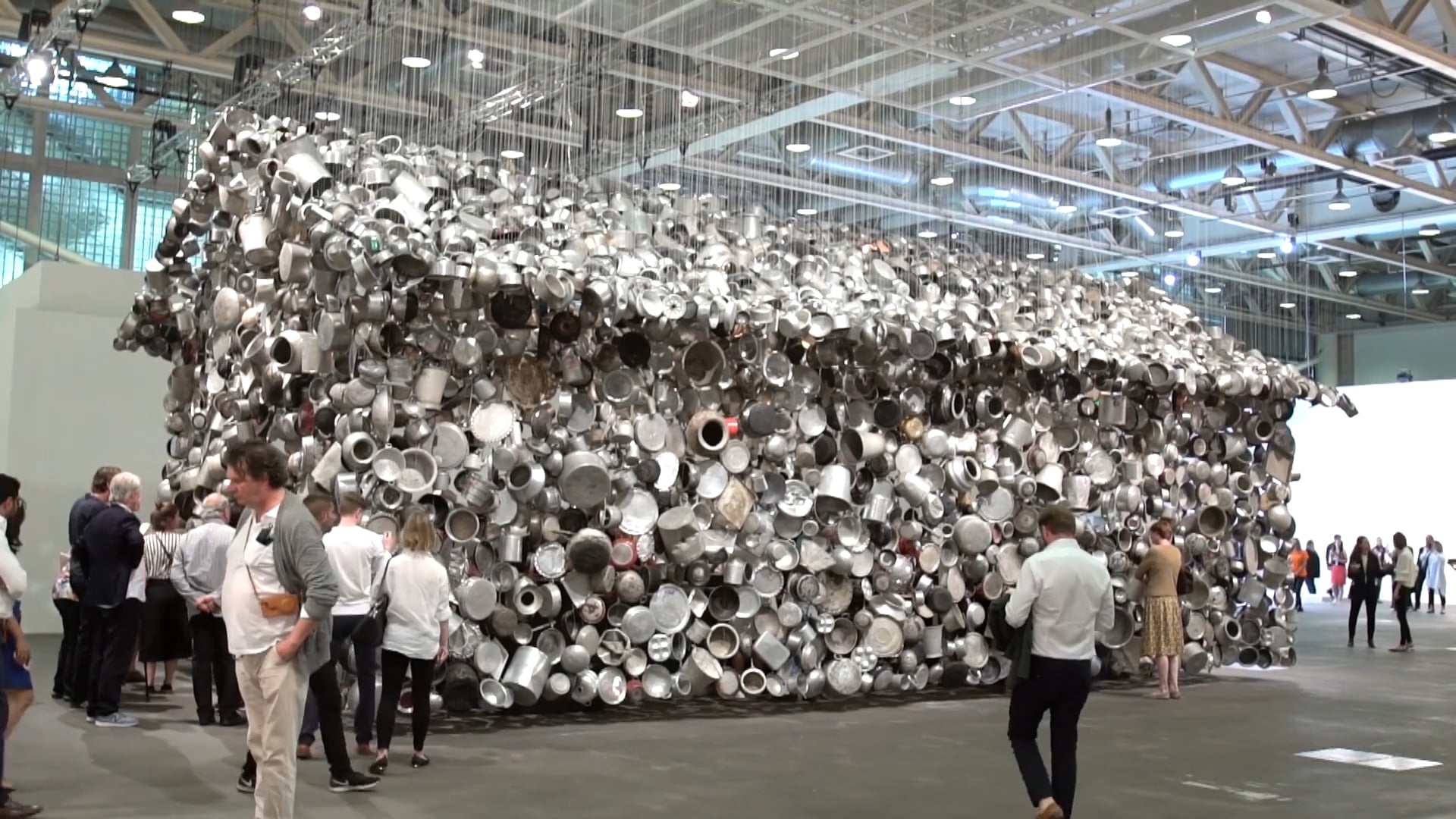 Figure 10: Cooking up a Storm by Subodh Gupta 10
Figure 10: Cooking up a Storm by Subodh Gupta 10
technology and have customized cutting of her Bindis through which she makes her artworks, Satadru Sovan Banduri is taking help of led lights, digital prints and laser cuttings to make his art. We have multiple examples of such kind of artists across the world who believes that Art is no more confined to the traditional media like Canvas, colours, stones, metals and papers. It has

Figure 11: The Nemesis of Nations by Bharti Kher 11
gone beyond it and the art produced with the help of technology is the new normal. 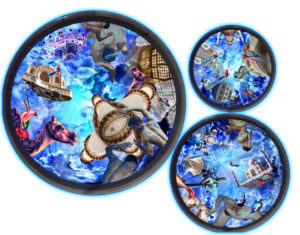 Figure 12: Artwork of Satadru Sovan Banduri 12
Figure 12: Artwork of Satadru Sovan Banduri 12
Photography, Light and sound installations, Video art etc. are few of the resultant art forms which are the bi-products of the fusion of Art and Technology.